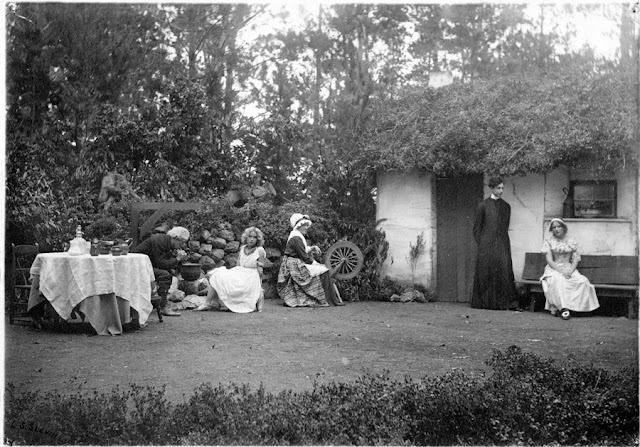The days are shorter now and I feel the need for being quiet. So, without "further ado" let me share one of the poems from this book that spoke to me.
Misfits
Where I grew up in blue, before the rich red seasons of American,
I had thought that everything would always
Go our way - save Marilyn Monroe weeping
On the dry plains against the noosing
Of the rag of mustangs wild to keep alive
And the rugged craggy men who took them
Down, to sell their hooves and haunch, their meat for meat.
I, soon to be an element of the lunatic
Fringe, am willing to kill for their right
To life: I thought the horses beautiful.
I cringe to think I stood for nothing, for a jar
Of jam and marriages, my usage of exotic words (chimerical), my lilac apron, me
Starry in our home-movie, handsome, noir
As the one dark brooding stallion, kicking going down.



















